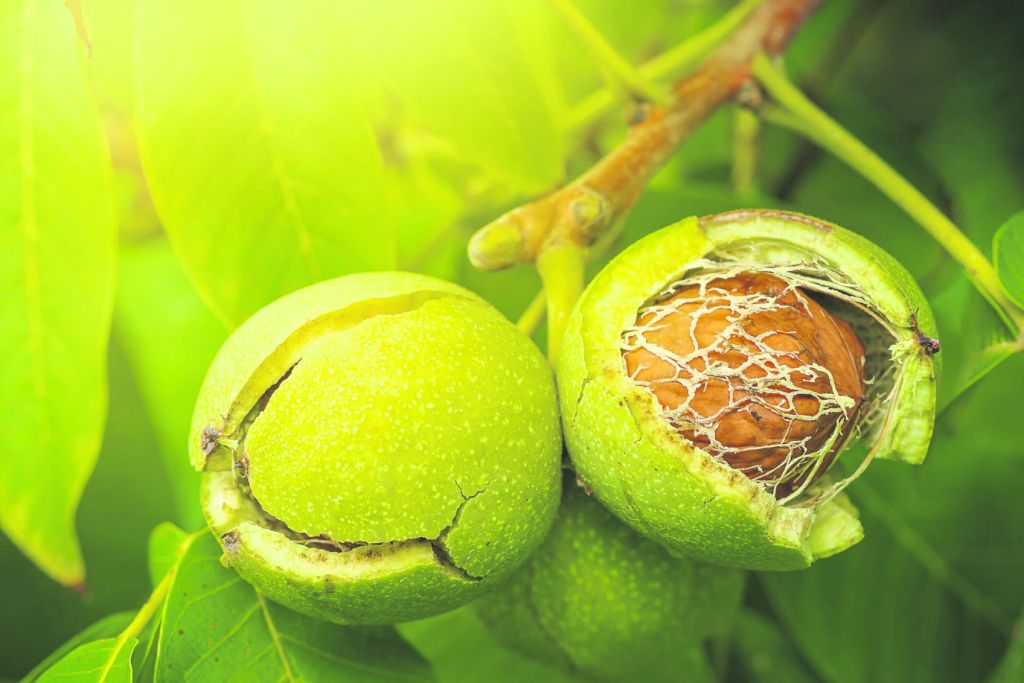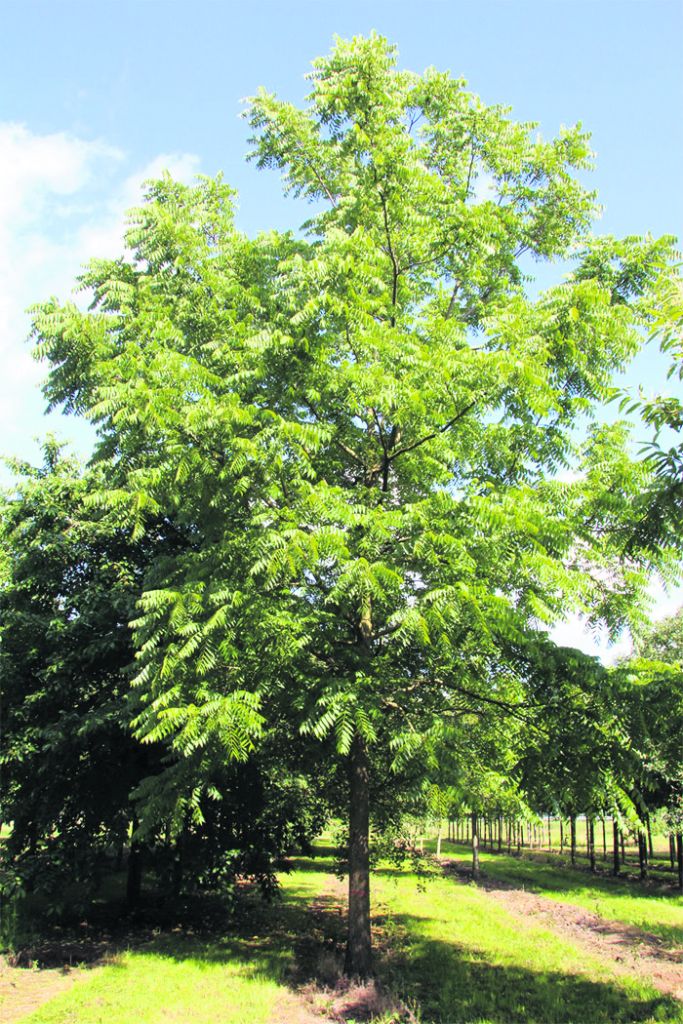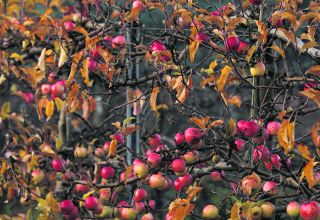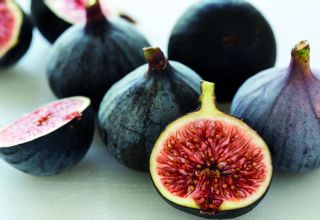The walnut tree is both a beautiful and practical tree for gardens and if you are patient will provide a rich harvest of delicious nuts
The traditional English walnut tree, which is native to central Asia, is a beautiful and useful tree for its aesthetics and food-growing abilities alike.
It is a great tree to grow if you have the room in your garden and are looking to add a specimen or shade tree. The nuts are easy to harvest as they fall without the husk and can be gathered with a garden rake and eaten raw or used in cooking.
If you have the room and the sun, it requires you may want to put the English walnut on your list of trees to consider growing. You will need some patience however before you enjoy any nuts as it will take a minimum of eight years to produce anything but there is the consolation that the tree is a thing of beauty to enjoy.
For being such an amazing tree, the English walnut is incredibly low maintenance. Providing sufficient care will ensure that your tree is healthy and supplies you with the most amount of nuts to harvest when the time comes. Just performing these few maintenance chores, like planning a watering routine, knowing when and how to harvest, and knowing the best way to fertilise, will keep you and your tree happy for decades to come.
There are many cultivars of English walnut trees, and more are being developed yearly. Each cultivar is specifically selected for a unique trait that makes it superior to the straight species. As English walnut is such a predominant food crop, most of these traits are developed to highlight needs in crop production, such as frost hardiness or nut production. The cultivars that highlight one trait are often placed on the rootstock of another cultivar or species to capture that host plant’s more favourable trait. Some examples of well-known cultivars are:
- Juglans regia ‘Caspian’ – leafs of late to help avoid late-spring frosts.
- Juglans regia ‘Chaldoran’ – has medium vigor and high fruit-bearing potential which offsets the risks of late-frost damage.
- Juglans regia ‘Alvand’ – slow-growing tree with abundant fruiting potential and long flowering season to offset frost damage risk.
- Juglans regia ‘Chandler’ – cultivar developed at the University of California that is highly productive with medium-large, plump, light-coloured kernels that have outstanding taste. One of the most popular cultivars available.

Q&A on walnuts
How long does it take for a walnut tree to bear fruit?
The average walnut tree starts to produce nuts at an age of between eight or nine years. However, there are cases in which walnut trees start to produce about 15-22 lbs. (7-10 kg) of nuts at an age of five to seven years. Most commercial walnut orchards reach their peak production level at an age of 30 years or more.
Do you need two walnut trees to produce fruit?
All walnut varieties are self-fertile, meaning that the pollen can travel from the male parts to the female parts of the same tree and under this procedure the tree can produce nuts. Thus, a single tree can theoretically produce nuts without needing other walnut trees around.
Do walnuts fall every year?
Walnut trees can produce nuts every year, but you may experience patterns of high and low yields from year to year. Like many trees that produce nuts and fruits, walnut trees are prone to a reproductive pattern known as alternate bearing.
Can you eat walnuts straight from the tree?
Once you are done harvesting the walnuts, you can eat them right away, but keep in mind they won’t be quite like those purchased ones at the grocers.
How do you dry fresh walnuts?
After washing and sorting, allow the nuts to dry for two or three weeks. An excellent way to dry nuts is on a wire screen. Spread the nuts in shallow layers (no more than three nuts deep) and dry them in a cool, dry, well-ventilated area. A shed or garage is usually a good place to dry walnuts.
What time of year do walnut trees produce nuts?
Walnut crops ripen in the late summer and early autumn. Harvest begins in late August and lasts through December.

How to grow your own walnut tree
It is easy to grow English walnuts from seed if you follow a few simple steps, but the easiest way to grow a walnut tree and the fastest way to produce a harvest is by buying a young tree. If you still want to try the seed method here it is:
- Collect walnuts after they fall.
- Remove the hulls and then place the nuts in a glass of water. Nuts that float are not viable and can be thrown away – or eaten. Good, viable nuts will sink to the bottom of the glass. The viable walnuts will need to stratify (i.e., be exposed to cold and moist conditions that mimic winter conditions underground). Stratification can be done by placing the nuts in a sandwich bag fill sand and peat mix with a little water to moisten the mix and putting the bag in the veggie drawer in your fridge for three or four months Alternatively, you can plant the nuts directly in the ground in the fall for a less controlled result.
- Plant the nut two inches deep and wait for it to germinate.
- Care for the sapling and wait eight years to collect
your first harvest of walnuts.











